

From the time when Disneyland was in the planning stages right up until today, the creative team at the Walt Disney Company has been at the forefront of developing innovative, wildly imaginative park attractions.
They’ve also been leaders in designing new and imaginative ways for guests to enjoy those attractions.
Ride systems are as crucial to the success of an attraction as are the story lines of the shows themselves.
The 1964-1964 New York World’s Fair introduced many innovative ride conveyances, among them the water jet system that propelled the boats used on the “it’s a small world” attraction, as well as the rotating theaters guests sat in during the Carousel of Progress. The system used by “it’s a small world” was so successful, that the Pirates of the Caribbean attraction, in development in California at the time, was switched from a walk-through to the now legendary boat ride.
And then there were two ride systems that were in the planning stages during the Fair that transformed attraction conveyances and are still being used to this day.
The Omnimover and the PeopleMover.
The Ford Magic Skyway was one of the most popular shows at the Fair, in large part because Disney’s creative staff was able to devise a system that propelled actual Ford vehicles throughout the attraction. Of course, the realistic-looking dinosaurs featured during the attraction also added to the ride’s appeal.
The brains behind the Magic Skyway ride system was Imagineering legend Bob Gurr, who came to Disney as a “car guy,” but who branched out and quickly became the designer of just about anything that rode on wheels in Disneyland.
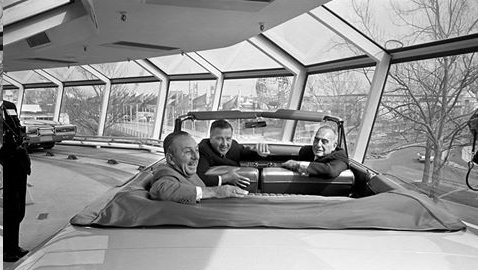
One of Gurr’s breakthrough concepts came during the design of the Matterhorn Mountain attraction, which debuted in 1959. “We used track-mounted wheels to control the speeds of the bobsleds,” he said. Working in conjunction with Arrow Development, they dubbed the track-mounted wheels “booster brakes,” meaning the bobsleds could be sped up or slowed down during their trek through the fabled mountain, allowing more than one bobsled to be on the Matterhorn track at the same time, an industry first.
When Walt Disney signed a contract with the Ford Motor Company to create the Ford Magic Skyway attraction in the early 1960s, he nonchalantly told Ford chairman Henry Ford II that they would use the booster brake system on the planned attraction. Walt returned to California and sought out Gurr, telling him: “OK, Bobby, you’re gonna work on the Ford ride. I told them you’re gonna use the booster brakes, so get started.”
“The booster brakes were a logical system,” Gurr said. “It was individual vehicles propelled on a track.” It also was the forerunner of the PeopleMover system. The Ford system had a series of propulsion wheels embedded in the track throughout the attraction. Each was driven by, as Gurr said, “ordinary squirrel cage type motors.”
The cars above, stripped down to their body shell, had flat panels attached to their chassis. The motorized wheels on the track would spin, propelling each car when the wheels came in contact with the flat panel, called a platen. The cars used for the attraction were stripped-down Lincolns, Mercurys, Falcons, Comets and a new sports car that was soon to capture car lovers’ imaginations: The Mustang.
“I worked continuously from July 1961 to April 1964 to get this monster to work,” Gurr said. “It eventually took almost twice as long to develop as it took to build all of Disneyland!”
Gurr would take his experience with the Ford Magic Skyway system and translate it into the creation of the PeopleMover attraction, which debuted in 1967 as part of the Tomorrowland redesign at Disneyland. Disney mechanical engineer Bill Watkins “developed a track-mounted, drive-wheel propulsion system based on my successful Magic Skyway drive system, itself stolen from Arrow Development’s booster-brake track wheel invention” for Matterhorn Mountain, Gurr said.

The PeopleMover, first introduced as the WEDway PeopleMover, is still in use today in Walt Disney World, giving guests a relaxing tour of Tomorrowland.
There are key differences between the PeopleMover and the Omnimover systems.
“The Omnimover is a connected endless chain of vehicles,” Gurr said. “The Haunted Mansion is an Omnimover.”
On the Omnimover system, the ride vehicles have the ability to twist and turn and go up and down inclines; on a PeopleMover system, the vehicles travel straight ahead, with the ability to negotiate turns.
Gurr worked with Disney Legend John Hench on the Omnimover design and is even credited with coming up with the name for the ride conveyance. The design came about when Gurr picked up a candied apple on a stick from Hench’s desk and began twirling it. From that very basic concept came the final design, featuring a welded two-pipe rail track, drive fin, squeezer drive nuts, gears and linkages.
The first Omnimover system was used on the Monsanto Adventure Thru Inner Space attraction, which debuted in 1967. “We had very little developmental problems with it,” Gurr remembers. “We did, however, improve the drive unit over the years on future attractions.”
There are several Disney park attractions that are similar in concept to the Omnimover … but are not, technically, Omnimovers.
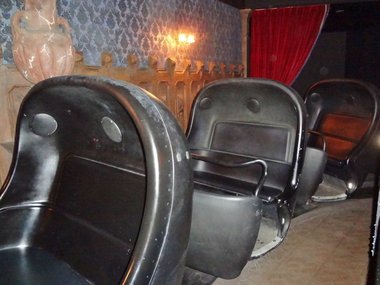
Many people believe Spaceship Earth in Epcot employs an Omnimover system. They’re wrong.
“Spaceship Earth is not an Omnimover, but a one-of-a-kind vehicle conveyor totally unlike and sharing no parts with an Omnimover,” Gurr said.
“I disagreed so strongly with the Spaceship Earth design that I was moved to other projects – thankfully. It has had a number of redesign attempts over the years to try to reduce the high maintenance required.”
Some of the newer adaptations of the Omnimover system include Under the Sea: Journey of the Little Mermaid, the Seas with Nemo and Friends and Journey into Imagination. World of Motion and Horizons used Omnimover systems, as did the If You Had Wings/Delta Dreamflight attraction, which now features the Buzz Lightyear’s Space Ranger Spin.
Related Videos


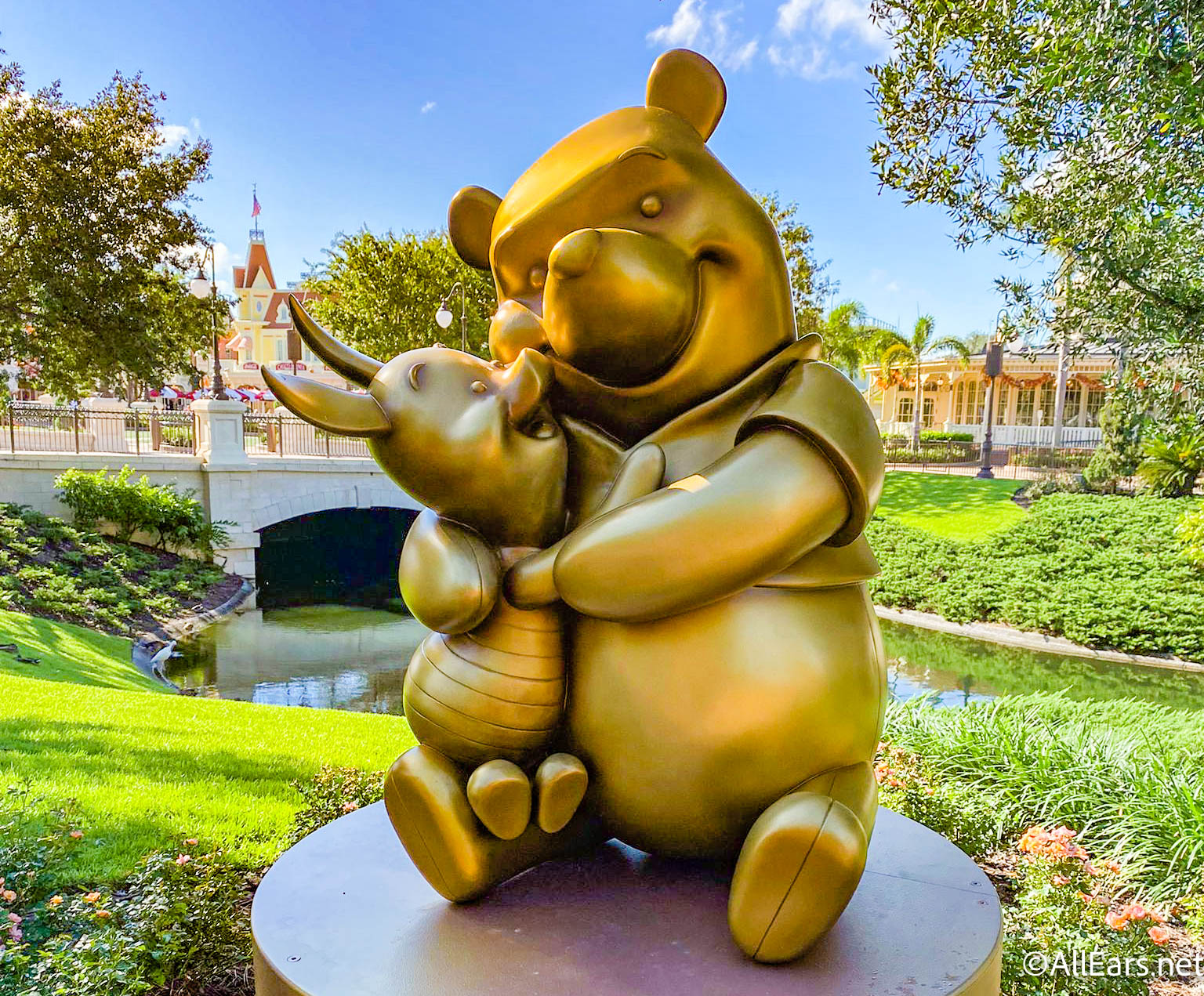
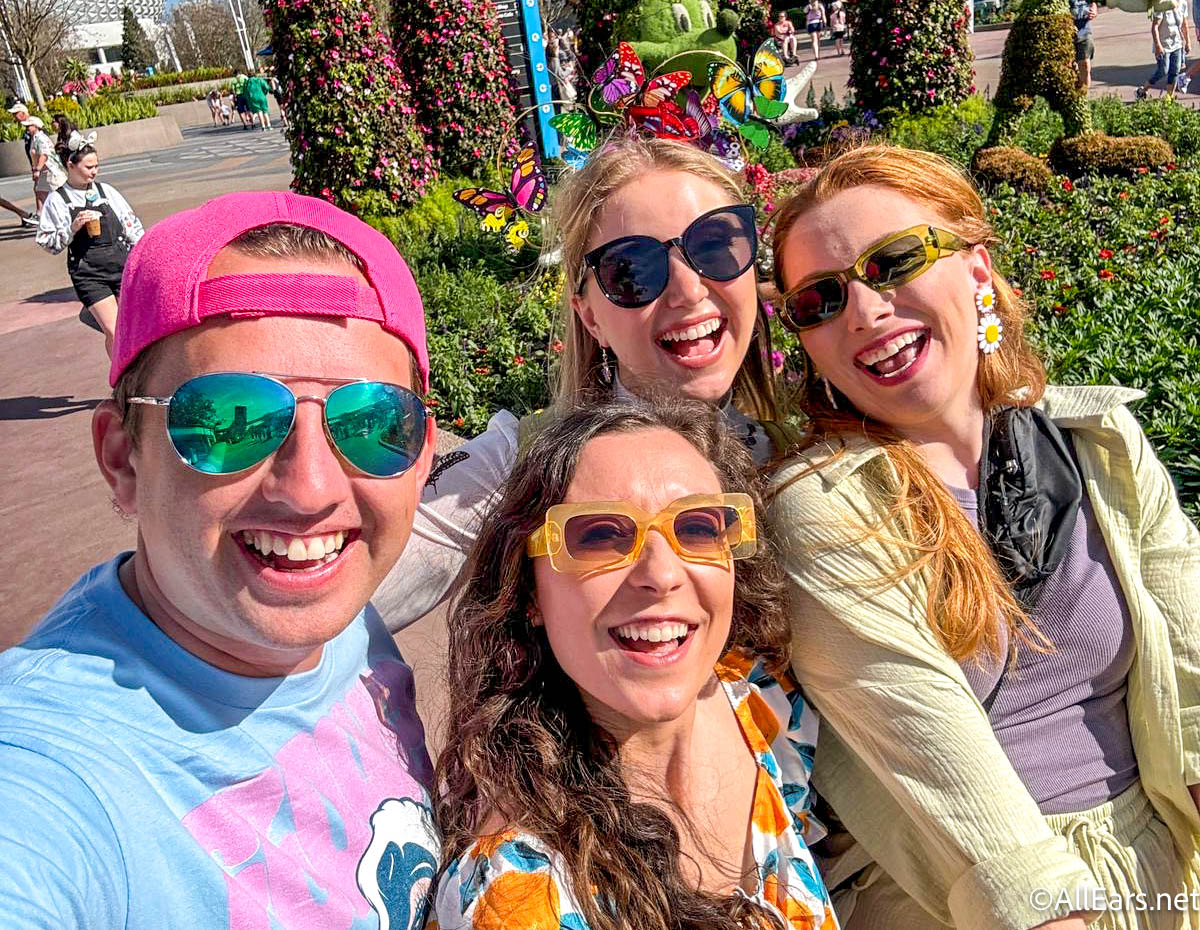


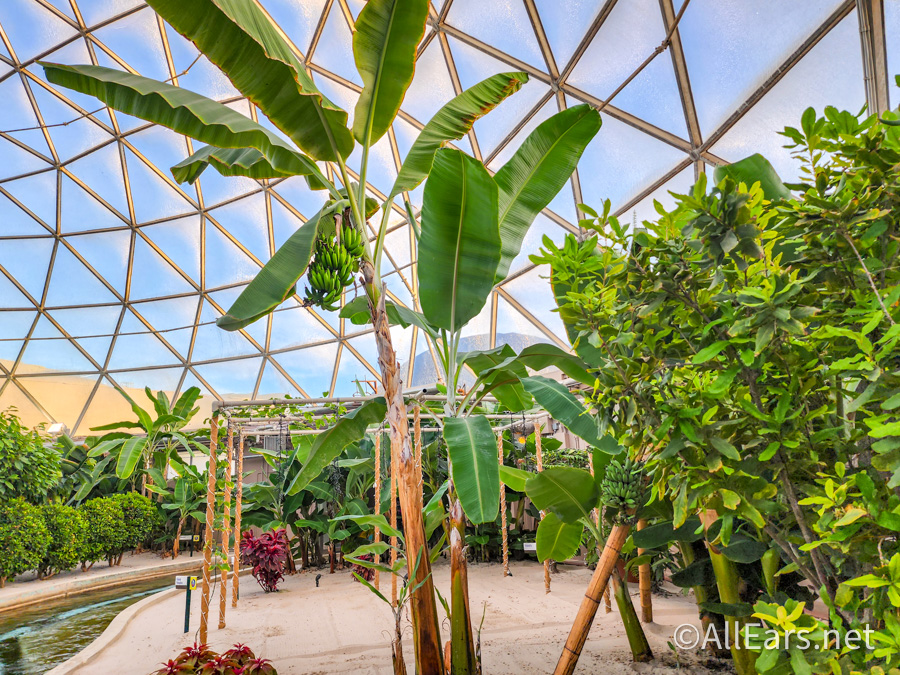


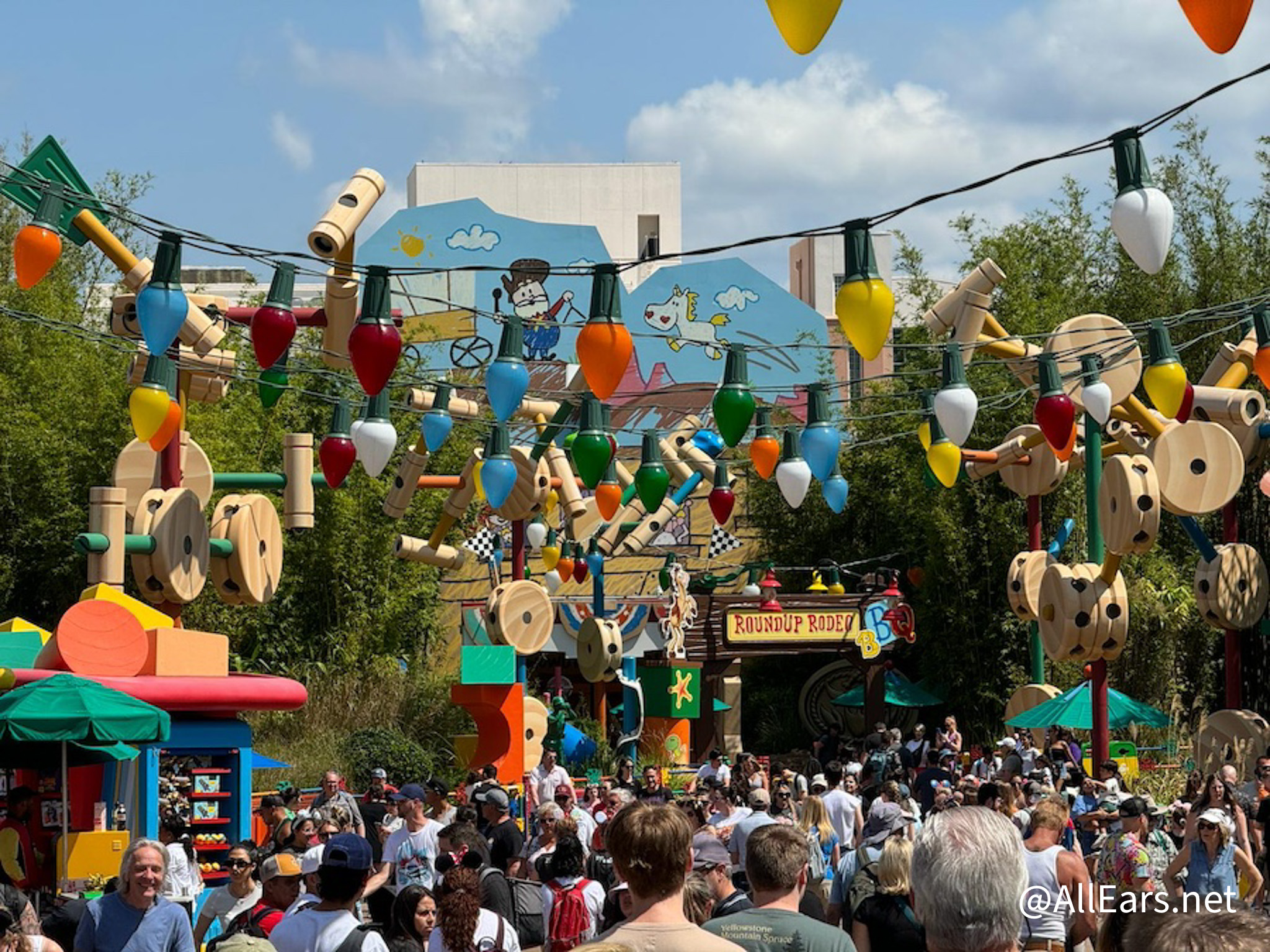


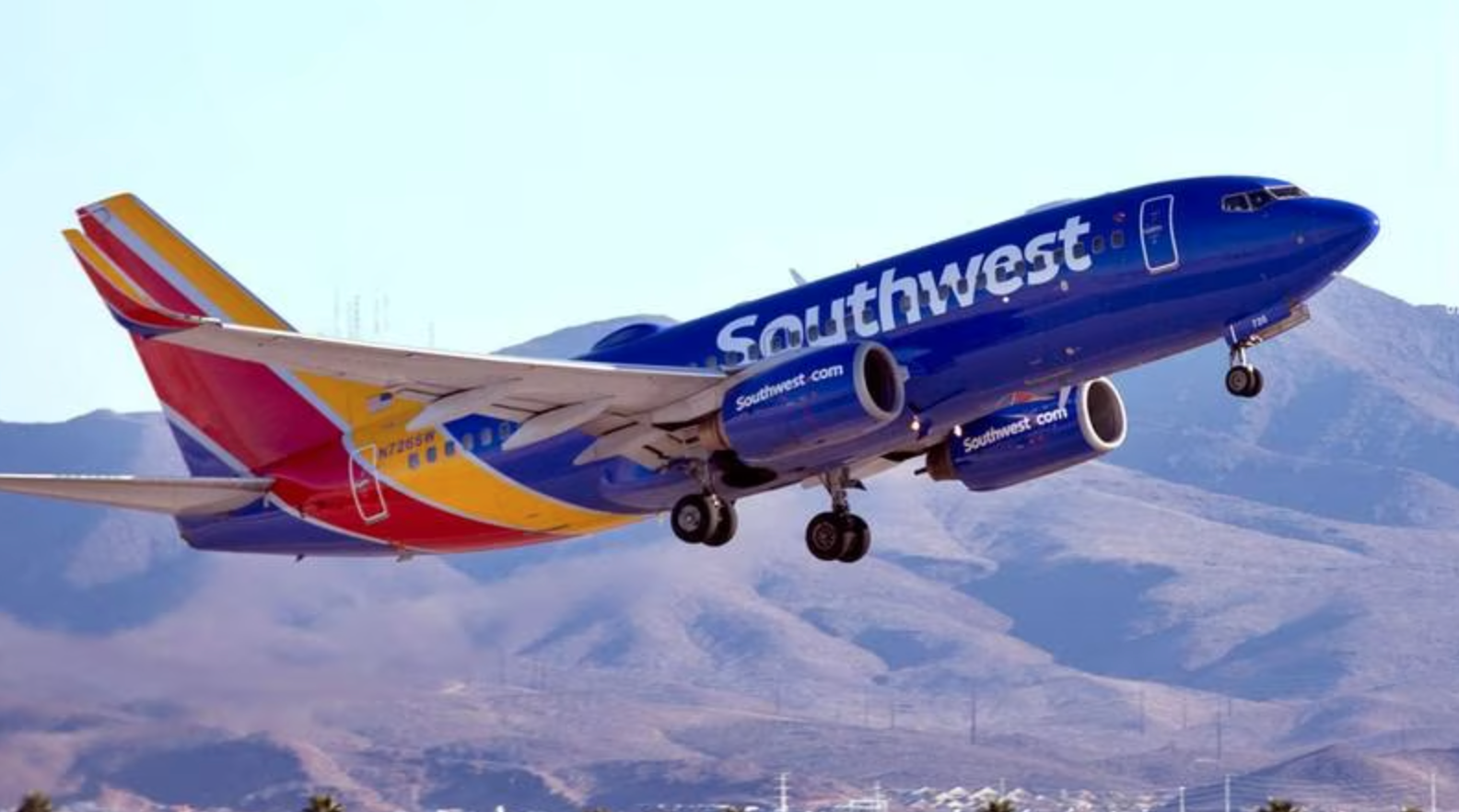
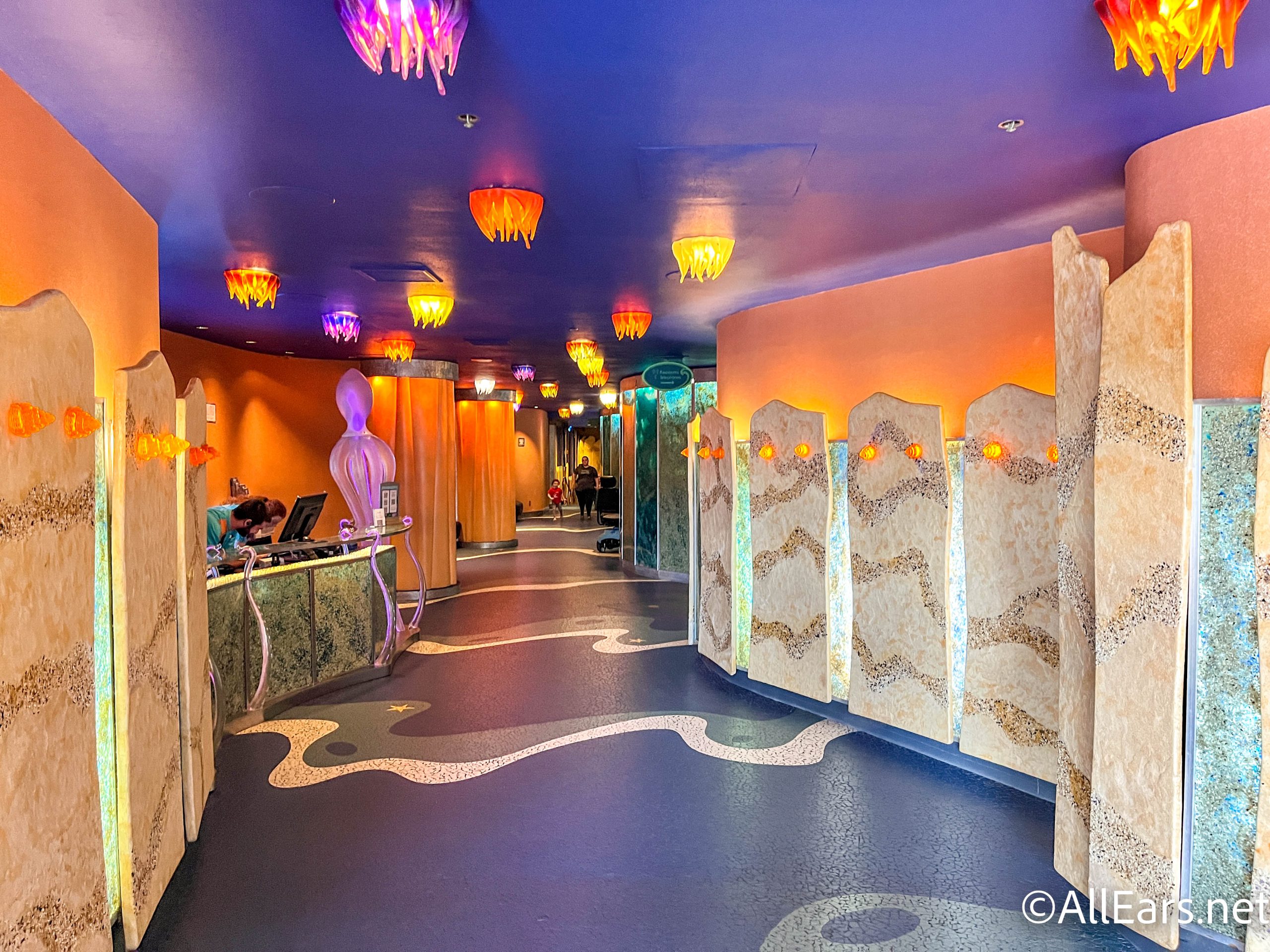

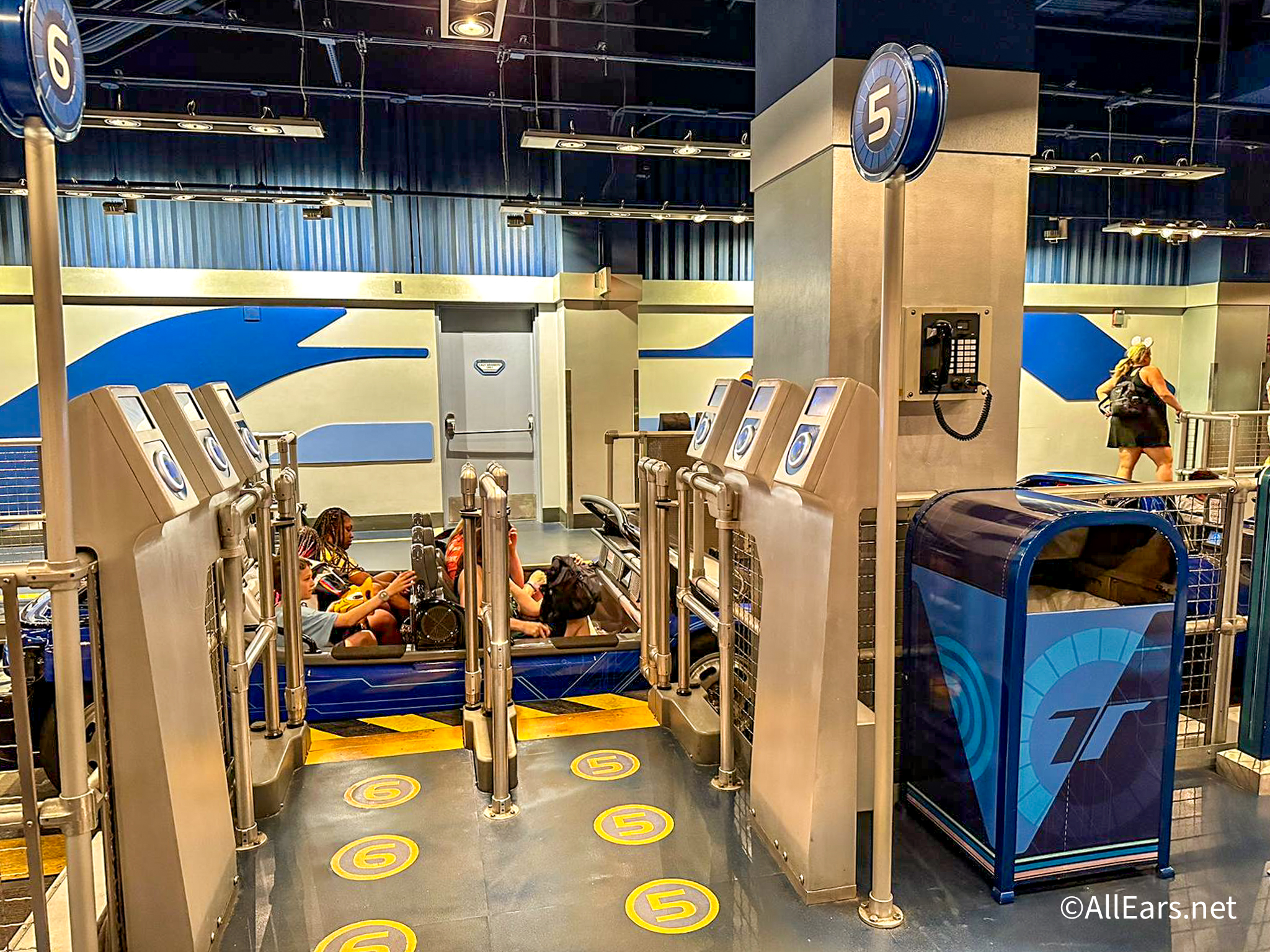

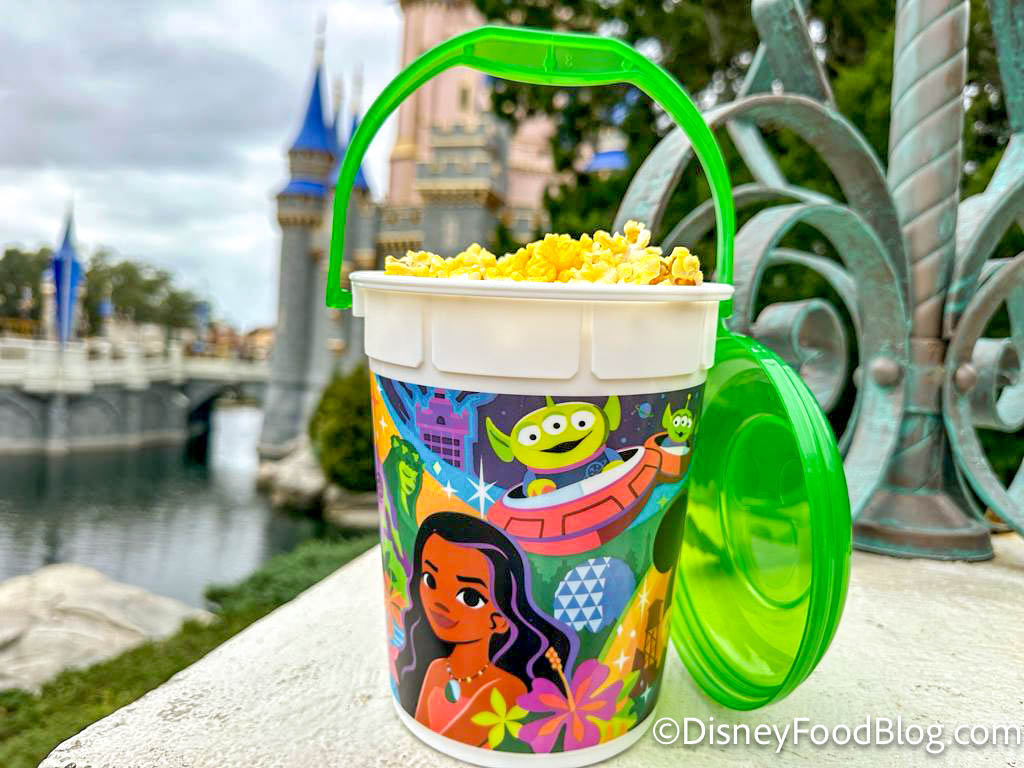
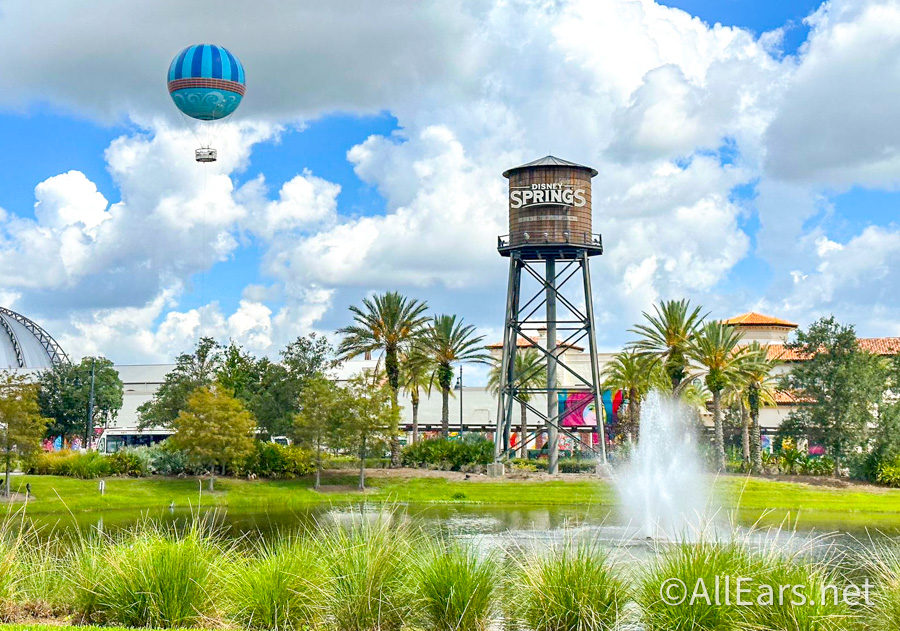
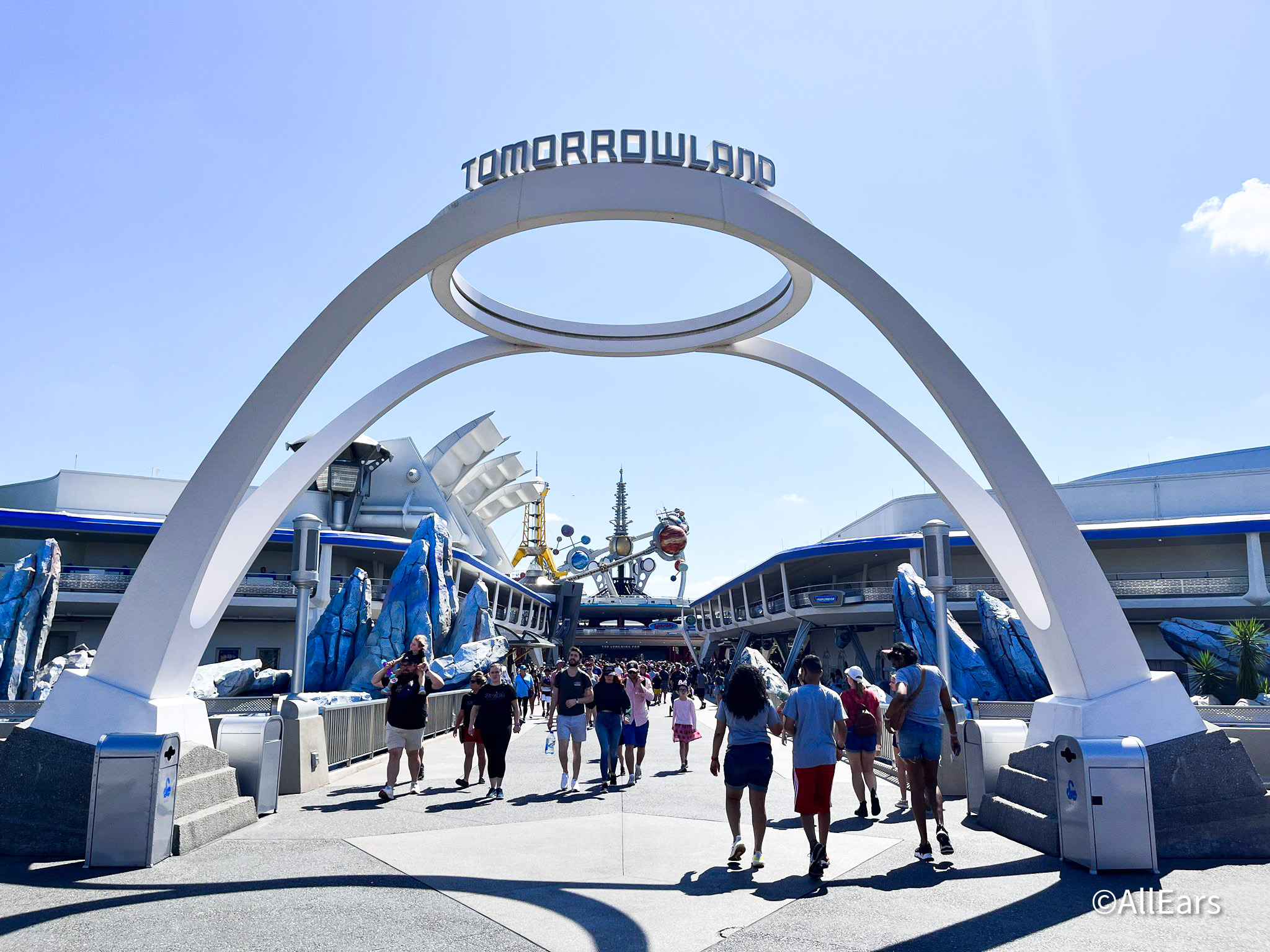



Trending Now
We bet we'll be seeing a LOT of people in these new Amazon shirts in...
Join us on YouTube this Saturday morning for a LIVE premiere of the AllEars Team...
Welcome a new store to Disney Springs with us!
We found your perfect Hollywood Studios tee.
An iconic EPCOT ride got a bit of a refresh recently!
Here are some Disney household items on sale right now from Amazon!
What kind of Magic Kingdom fan are you?
Hollywood Studios was sold out... AND WE WERE THERE.
We would love to know what Disney World is planning for this abandoned spot!
Your jaw will DROP when you see the NEW Disney popcorn buckets coming soon!
Southwest Airlines is dropping four airports off its roster!
These Disney World restaurants needs some TLC.
Here are some cheats we use at Disney's Hollywood Studios all the time!
A ride set to get reimagined was closed TWICE yesterday.
Debates over public transportation are on-going in Florida.
Traditional, character-shaped, or cultural celebration -- these are the popcorn buckets that Disney has released...
A new backstage tour is coming to Disney World soon!
We're rounding up the best souvenirs in Magic Kingdom's Tomorrowland!
From time to time, rides and attractions are taken out of production temporarily for various...
A NEW Lug bag has been spotted at EPCOT!